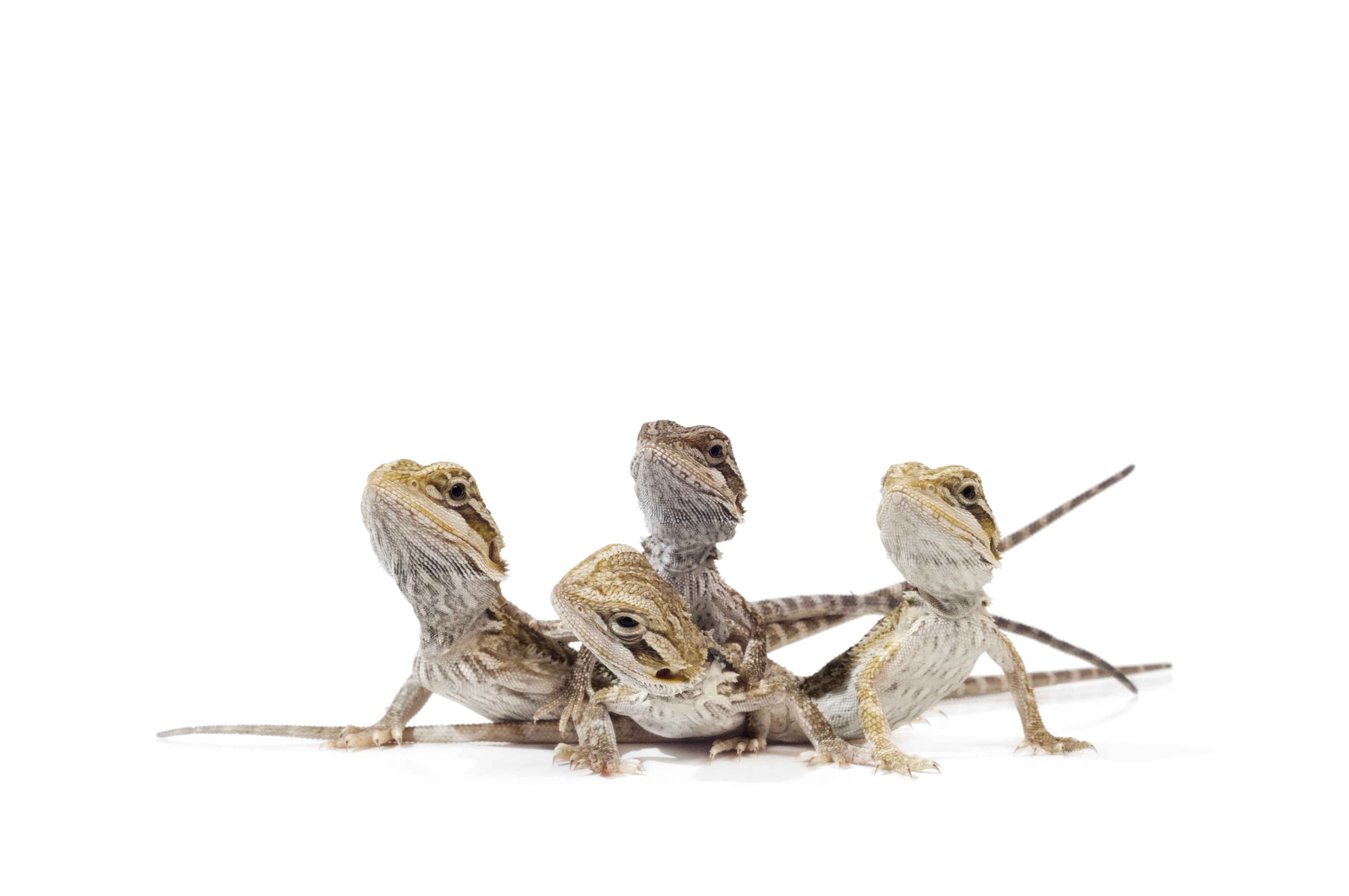My first bearded dragon
4th May 2020
My
First Bearded Dragon 
Bearded dragons are indigenous to Australia and make wonderful pets, as they are gentle, docile and small in size. When you get a bearded dragon as a pet, you should realize that it can live up to 10 years and grow to about 60cm. So, only look for a bearded dragon if you are ready for a long-term commitment.
Once you get this friendly reptile, it is time to ensure you provide it the love and care it deserves. Here are some tips to help you with bearded dragon care:
Bearded Dragon Habitat
As a bearded dragon is a reptile, you will need a terrarium. The enclosure should be big enough for the animal to move freely. Remember, small and compact tanks can lead to anxiety and adversely affect the growth of your beardie.
Typically, baby bearded dragons require a 75-litre tank. As the reptile grows, the tank should get bigger. A full sized bearded dragon would require a 454-litre tank.
Substrate: If your first bearded dragon is a baby, refrain from lining the tank with sand or any loose substrate. The babies can ingest loose substrate, leading to impaction of the intestine. Instead, use newspaper or kitchen paper towels. Alternatively, you can opt for a reptile mat, line the bottom of the tank with sand mats or grass mats which can be removed and cleaned over and over.
Lighting: Your bearded dragon requires white light and access to natural sunlight to synthesize Vitamin D3 and aid in the absorption of calcium. If you cannot provide access to sunlight, install a UVB bulb in the terrarium. Opt for a bulb that emits 290 to 320 Nm light. In addition, install white light.
Temperature: Bearded dragon loves heat. So, create a basking site, where the temperature is about 35 deg C. Use a heat bulb at one end of the tank and focus it on a branch or rock. On the other end, the temperature should be about 26 deg C. During the night, you can drop the tank temperature to about 18 deg C. You can do this with a digital thermostat.
Landscape: Places branches in the tank that allow the reptile to bask and climb. Ensure the branches are wide enough for the bearded dragon to sit and walk comfortably. Also, install smooth, flat rocks in the tank. They will naturally file the toenails of the beardie which otherwise would need regular clipping. Place plants, like succulents and dracaena, to provide shade and humidity, and one small flowerpot for the reptile to hide in. A hammock is also a cool way for your pet to chill out.
Water and Humidity: Your reptile requires fresh drinking water every day. Place a shallow bowl with clean water in the tank. Maintain the tank humidity at 35% to 40% to mimic the humidity levels in the wild. You can use a reptile humidifier for this purpose.
Bearded Dragon Food
Your bearded dragon is an omnivorous reptile. So, it will eat veggies and insects. Remember, 80% of a young bearded dragon’s diet should be insects while 20% should be vegetables. These reptiles love live crickets, but will also eat mealworms and black soldier fly larvae.
Adult bearded dragons require 80% vegetables and 20% insects. You can feed your reptile carrots, parsley, watercress, dandelion, clover, capsicum, and peas along with gut-loaded crickets and mealworms.
Enjoy Your New Pet
Make sure you clean the terrarium regularly and provide fresh food and water daily to your bearded dragon. These reptiles make wonderful pets and with the right bearded dragon care and attention, you will have an entertaining pet at home.

